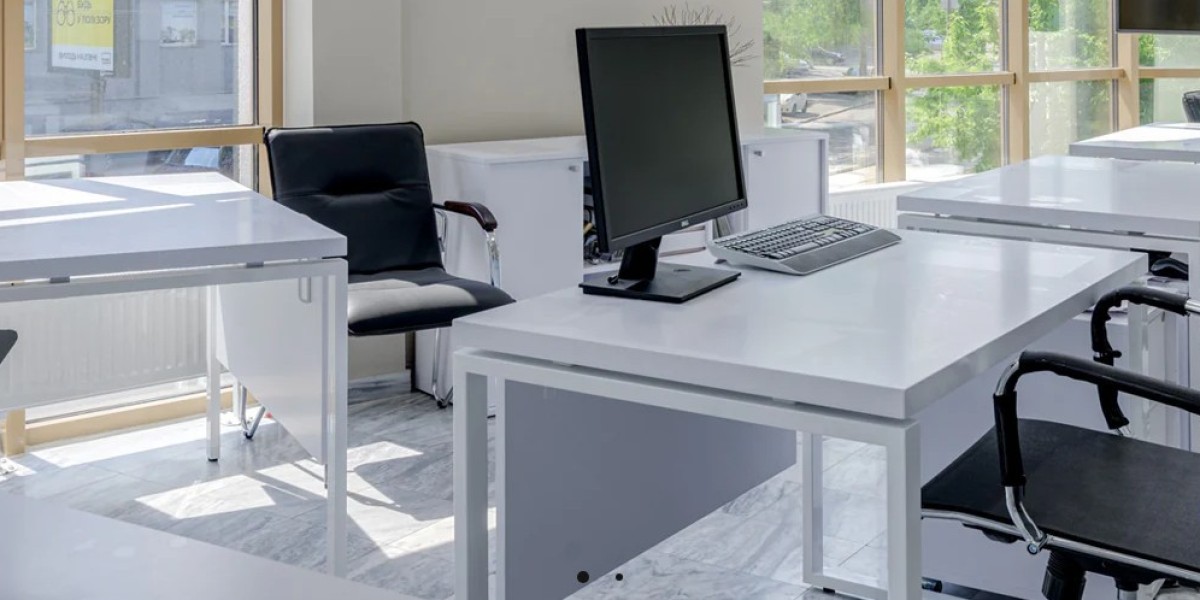In the modern workplace, where employees spend long hours seated at their desks, the importance of ergonomic chairs cannot be overstated. These specialized chairs are designed to provide optimal support and comfort, reducing the risk of musculoskeletal disorders and improving overall well-being. Let's explore why ergonomic chairs are essential for enhancing comfort and productivity in the workplace:
Promoting Proper Posture: Ergonomic chairs are designed to support the natural curves of the spine, promoting proper posture and alignment. They typically feature adjustable lumbar support, which helps maintain the natural curve of the lower back and prevents slouching. By encouraging good posture, ergonomic chairs reduce the strain on the spine and muscles, minimizing the risk of back pain and related injuries.
Preventing Musculoskeletal Disorders: Prolonged sitting in non-ergonomic chairs can lead to musculoskeletal disorders such as back pain, neck pain, and shoulder strain. Ergonomic chairs are specifically designed to reduce the physical stress and strain associated with prolonged sitting. Features such as adjustable armrests, seat depth, and tilt mechanisms allow users to customize the chair to their body size and preferences, providing optimal support and comfort throughout the workday.
Enhancing Comfort and Productivity: Comfortable employees are more productive and engaged in their work. Ergonomic chairs are designed with user comfort in mind, incorporating features such as cushioned seats, breathable mesh backrests, and adjustable headrests to enhance comfort during extended periods of sitting. By reducing discomfort and fatigue, ergonomic chairs help employees stay focused and productive for longer periods without experiencing discomfort or distraction.
Improving Blood Circulation: Sitting in a poorly designed chair can restrict blood flow to the lower extremities, leading to numbness, tingling, and discomfort. Ergonomic chairs are designed to promote proper blood circulation by providing adequate support and reducing pressure on the thighs and buttocks. Features such as seat pan depth adjustment and waterfall seat edges help alleviate pressure on the backs of the legs, ensuring optimal blood flow and preventing discomfort.
Adapting to Individual Needs: Every employee is unique, with different body sizes, shapes, and preferences. Ergonomic chairs are highly adjustable, allowing users to customize the chair to their specific needs and preferences. This adaptability ensures that each employee can achieve a comfortable and supportive seating position, regardless of their body type or working style.
Supporting Overall Well-being: Investing in ergonomic chairs demonstrates a commitment to employee health and well-being. By providing employees with comfortable and supportive seating, employers can reduce the risk of work-related injuries and promote overall physical health and well-being. Additionally, ergonomic chairs can help prevent absenteeism and reduce healthcare costs associated with musculoskeletal disorders.
In conclusion, ergonomic chairs play a crucial role in enhancing comfort and productivity in the workplace. By promoting proper posture, preventing musculoskeletal disorders, enhancing comfort, and supporting overall well-being, ergonomic chairs contribute to a healthier, happier, and more productive workforce. Investing in ergonomic chairs is not only beneficial for employees' physical health but also for the success and profitability of the organization as a whole.








